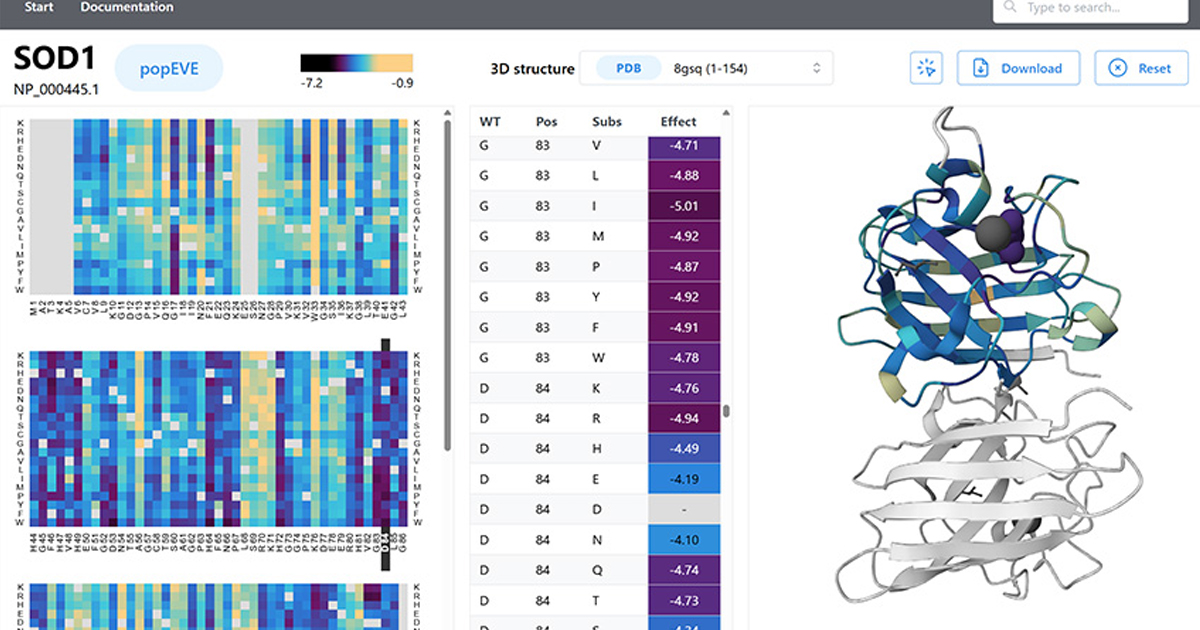A través de big data, los investigadores analizaron una base de datos de más de 10 mil tumores de los 20 tipos de cáncer más frecuentes, para alcanzar el objetivo de identificar las proteínas reguladoras que controlan la información de alteraciones genómicas.
Un equipo especializado perteneciente a la Universidad de Columbia en Nueva York publicó el artículo: “Un panorama modular de reguladores maestros controla la identidad transcripcional del cáncer”, en el cual lograron analizar características genómicas de 10 mil tumores de los 20 cánceres más recurrentes a través de tecnología de inteligencia de datos o big data.
El objetivo del estudio fue identificar las proteínas reguladoras responsables de canalizar la información de las alteraciones genómicas y posteriormente transformarlas en la identidad transcripcional del cáncer. “El análisis genómico integrativo, utilizando un enfoque basado en redes, identificó 407 proteínas reguladoras maestras (MR) responsables de canalizar la genética de muestras individuales de 20 cohortes en The Cancer Genome Atlas (TCGA) en 112 subtipos de tumores transcripcionalmente distintos”, mencionan dentro del resumen del artículo.

Los hallazgos transmitidos en el artículo muestran las características principales que presenta un cáncer especifico, lo que beneficia la fiabilidad al momento de realizar un pronóstico del paciente. Lo que los investigadores denominan como la “identidad transcripcional” es importante al momento de definir las características del tumor y la gravedad del mismo.
Álvaro Aytés, coautor del estudio expresó que los resultados obtenidos muestran el control jerárquico de las propiedades de cada tumor y que el grado de activación de las 24 proteínas definen la identidad transcripcional, lo que beneficia su abordaje terapéutico.
La información y los modelos matemáticos y computacionales utilizados para el desarrollo del estudio, han sido puestos a disposición de miembros de la comunidad científica a través de una plataforma web.







